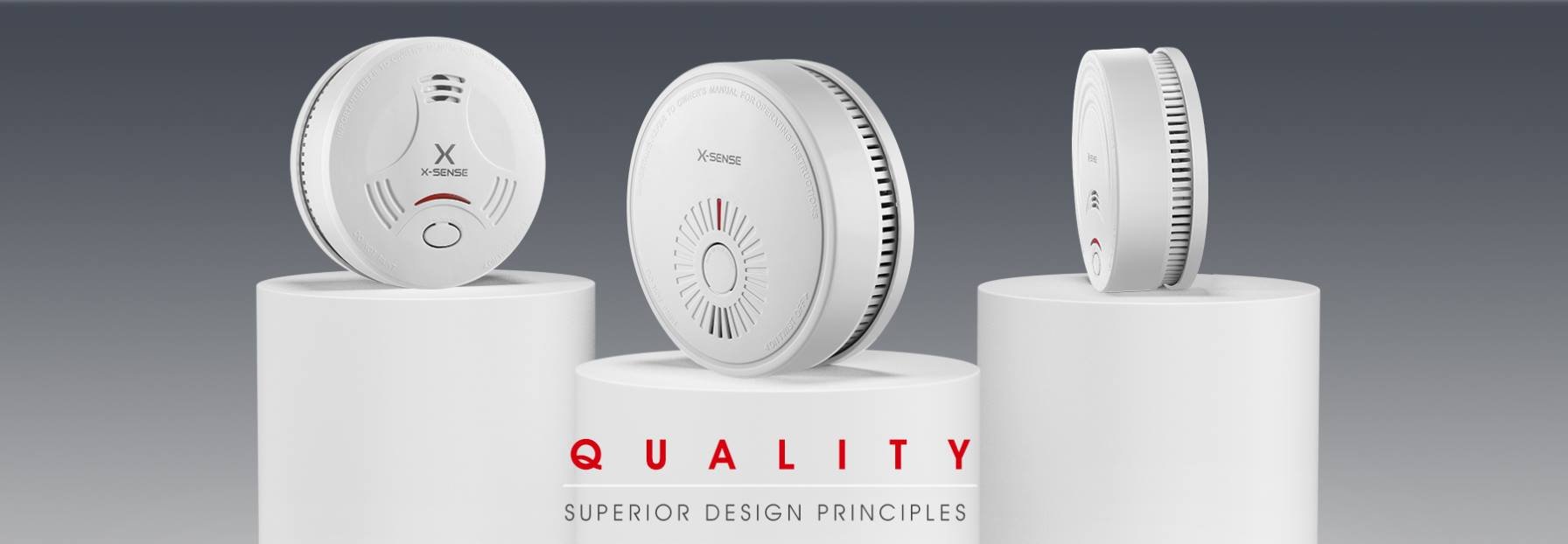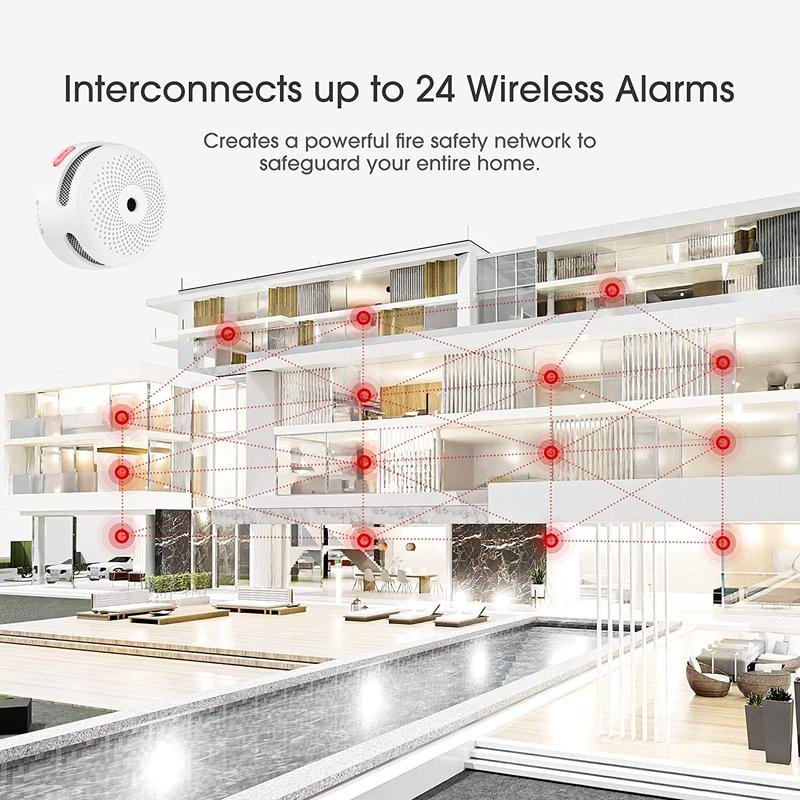How to Test Your Smoke Alarm
How to test your smoke alarm
Testing your smoke alarm is a crucial step in keeping your home and family safe in case of a fire emergency. Here are the steps to test your smoke alarm:
Inform your family members: Before testing your smoke alarm, inform your family members so they don't panic when the alarm goes off.
Locate the test button: The test button is usually located on the front or side of the smoke alarm. It's usually a small button that you can press.
Press the test button: Press and hold the test button for a few seconds until you hear a loud beep. This beep indicates that the alarm is working.
Check the batteries: If you don't hear a beep, check the batteries. Smoke alarms usually beep when the batteries are low. Replace the batteries and test the alarm again.
Test once a month: It's recommended to test your smoke alarm at least once a month to ensure that it's working properly.
Replace smoke alarms every 10 years: Smoke alarms have a lifespan of around 10 years. If your smoke alarm is older than 10 years, it's time to replace it.
By following these steps, you can ensure that your smoke alarm is working properly and keep your home and family safe in case of a fire emergency.
x-sense smoke detector
Why is it important to test smoke alarms
Testing smoke alarms is important for several reasons:
Ensuring that the alarm is working: Smoke alarms are designed to alert you in case of a fire emergency. However, if the alarm is not working properly, it won't be able to perform its intended function. Regular testing of smoke alarms ensures that they are working properly and are able to detect smoke or fire as soon as possible.
Early detection of fire: Smoke alarms are designed to detect smoke and fire as soon as possible. Early detection is critical in minimizing the damage caused by fire and ensuring the safety of your family members. Regular testing of smoke alarms can help ensure that they are working properly and can detect smoke or fire at the earliest possible stage.
Reducing the risk of fire-related injuries and fatalities: Smoke alarms play a critical role in preventing fire-related injuries and fatalities. According to the National Fire Protection Association (NFPA), two-thirds of home fire deaths occur in homes without working smoke alarms. Regular testing of smoke alarms can help ensure that they are working properly and can reduce the risk of fire-related injuries and fatalities.
Compliance with local regulations: Many local regulations require homeowners to have working smoke alarms installed in their homes. Some regulations also require homeowners to test their smoke alarms regularly. Regular testing of smoke alarms can help ensure compliance with local regulations and avoid potential fines or penalties.
Top Smoke Alarm FAQs
How often should you test a smoke alarm?
According to the National Fire Protection Association (NFPA), smoke alarms should be tested at least once a month.
What kind of smoke alarm is installed for the deaf or hearing impaired?
Smoke alarms that are designed for the deaf or hearing impaired typically use strobe lights to wake the person and vibration notification appliances, such as pillows or bed shakers, are required and are currently activated by the sound of a smoke alarm. These alarms emit a visual and tactile alert rather than an audible alarm. Sonic Alert is an example of a company that produces fire alarms and smoke detectors with extra loud alarms and vibrating bed shakers for deaf and hearing-impaired individuals.
What to do if your smoke alarm is broken?
If your smoke alarm is broken, there are a few steps you can take. First, try to reset the device by pressing and holding the reset button. If that does not work, you can try taking down the smoke alarm or unscrewing it from the wall or ceiling and pressing the test button to check if it has enough power. If the device does not go off, you may need to replace the smoke alarm. You can also try testing the sensor using an aerosol spray designed for testing smoke detectors, or by checking the detector with real smoke.
How many smoke alarms do I need?
The exact number of smoke alarms needed in a home depends on the number of floors and bedrooms in the house. According to First Alert, a two-story home with three bedrooms should have at least seven smoke alarms. However, smoke alarms are required to be placed in every bedroom.
How often should I change my smoke alarm battery?
The frequency with which you should change the battery in your smoke alarm depends on the type of alarm you have. According to the National Fire Protection Association (NFPA), smoke alarms with any type of battery other than a 10-year lithium battery need a new battery at least once a year. If the alarm chirps, warning that the battery is low, replace it right away. For smoke alarms with a 10-year lithium battery, the battery does not need to be replaced for the life of the smoke alarm, which is typically 10 years.
x-sense interconnecting smoke detectors
What are interconnected smoke alarms?
Interconnected smoke alarms are smoke alarms that are connected to each other so that if one alarm detects a fire, all the alarms in the home will sound, alerting occupants of a fire anywhere in the building. Interconnected smoke alarms are more likely to alert occupants of a fire and provide them with more time to evacuate the building. Interconnected smoke alarms can be connected either through wire or wireless technology.
How do I find out if my smoke alarm is in-date or out of date?
To determine if your smoke alarm is in or out of date, you can look at the back of the alarm for the date of manufacture. Smoke alarms should be replaced 10 years from the date of manufacture.
X-Sense is a company that produces a range of smoke detectors and carbon monoxide detectors designed to protect your home and family from fire and carbon monoxide poisoning. Their smoke detectors use photoelectric technology, which is known to be more effective at detecting slow-burning fires, while their carbon monoxide detectors use electrochemical sensors for accurate detection. They also offer combination smoke and carbon monoxide detectors, which provide comprehensive protection against both fire and carbon monoxide.
X-Sense smoke detectors offer several features such as long-lasting batteries, automatic self-checks, and easy installation.
Find out more about X-sense smoke detectors.



